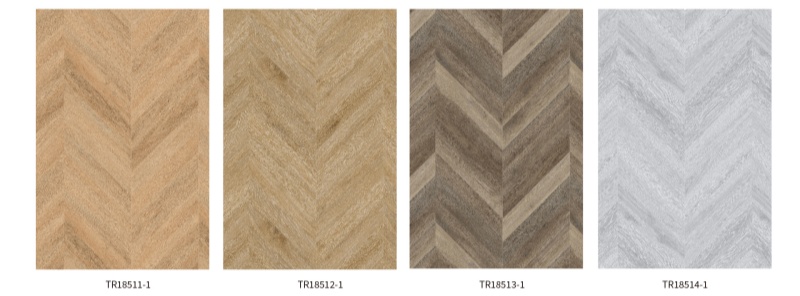
When it comes to interior design, the herringbone pattern is a timeless classic that adds a touch of sophistication and style to any space. This distinctive pattern has been a favorite among designers and homeowners for its unique visual appeal and versatility. In this article, we will delve into the essence of the herringbone pattern, its history, applications, and why it continues to captivate the design world.
The herringbone pattern traces its roots back to ancient Roman times, where it was used in the construction of roads. The name "herringbone" is derived from its resemblance to the skeleton of a herring fish, with its distinctive V-shaped arrangement. Over the centuries, this pattern found its way into various aspects of design, from textiles to architecture.
One of the most popular uses of the herringbone pattern is in flooring. Whether it's hardwood, tile, or laminate, the herringbone pattern adds a level of sophistication that can transform any room. The arrangement of the planks creates a visually stunning effect that draws the eye and adds a dynamic element to the space.

The herringbone pattern isn't confined to floors; it has made its mark in various aspects of interior design. From kitchen backsplashes to accent walls, this pattern is a favorite choice for those seeking a touch of elegance and a break from the ordinary. Its versatility allows it to complement both traditional and modern design aesthetics.

One of the key reasons designers opt for the herringbone pattern is its ability to create visual interest. The interlocking V shapes form a captivating arrangement that naturally draws the eye. This makes it an excellent choice for focal points in a room or areas that could benefit from a visually dynamic element.
For those inspired to integrate the herringbone pattern into their homes, the options are vast. From textiles like throws and pillows to wall decals and even furniture, there are numerous ways to embrace this classic pattern. Consider a herringbone-patterned rug or a set of throw pillows to introduce this timeless design into your living space.
Q: Is the herringbone pattern only suitable for traditional interiors?
A: Not at all. The herringbone pattern is incredibly versatile and can complement both traditional and modern interiors. It's all about how you integrate it into your overall design scheme.
Q: Can I use the herringbone pattern in small spaces?
A: Absolutely. In fact, the herringbone pattern can visually expand a space by drawing the eye in different directions. Consider using it in flooring or as an accent wall to add depth to smaller rooms.
Q: What materials work best for creating a herringbone pattern?
A: The herringbone pattern can be achieved with various materials, including hardwood, tile, brick, and even textiles. Choose the material that best suits the aesthetic you're aiming for in your space.
In conclusion, the herringbone pattern is more than just a design choice; it's a timeless expression of elegance and visual intrigue. Whether adorning your floors, walls, or furnishings, this classic pattern adds a touch of sophistication that stands the test of time.
Previous: What is Herringbone?